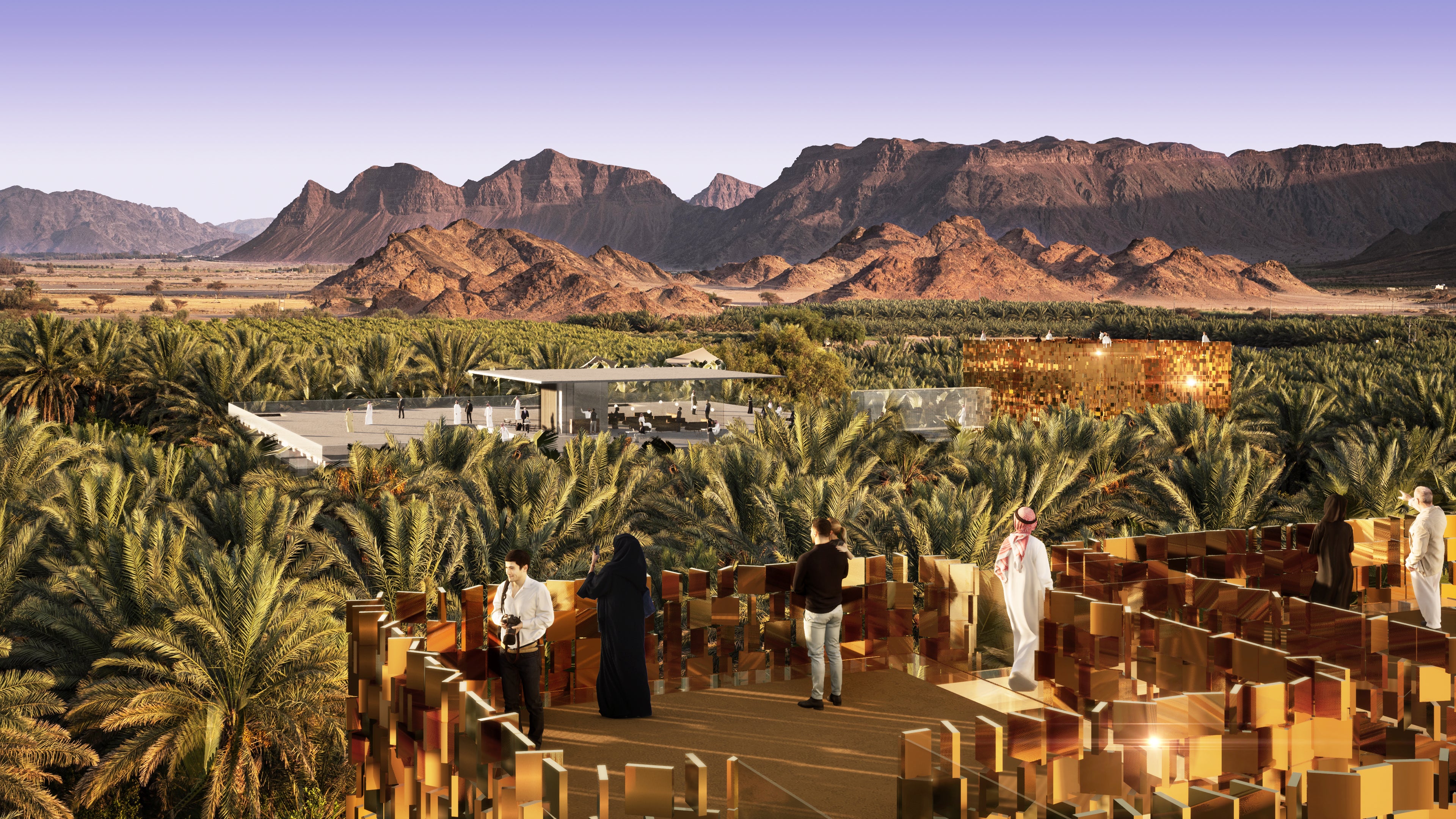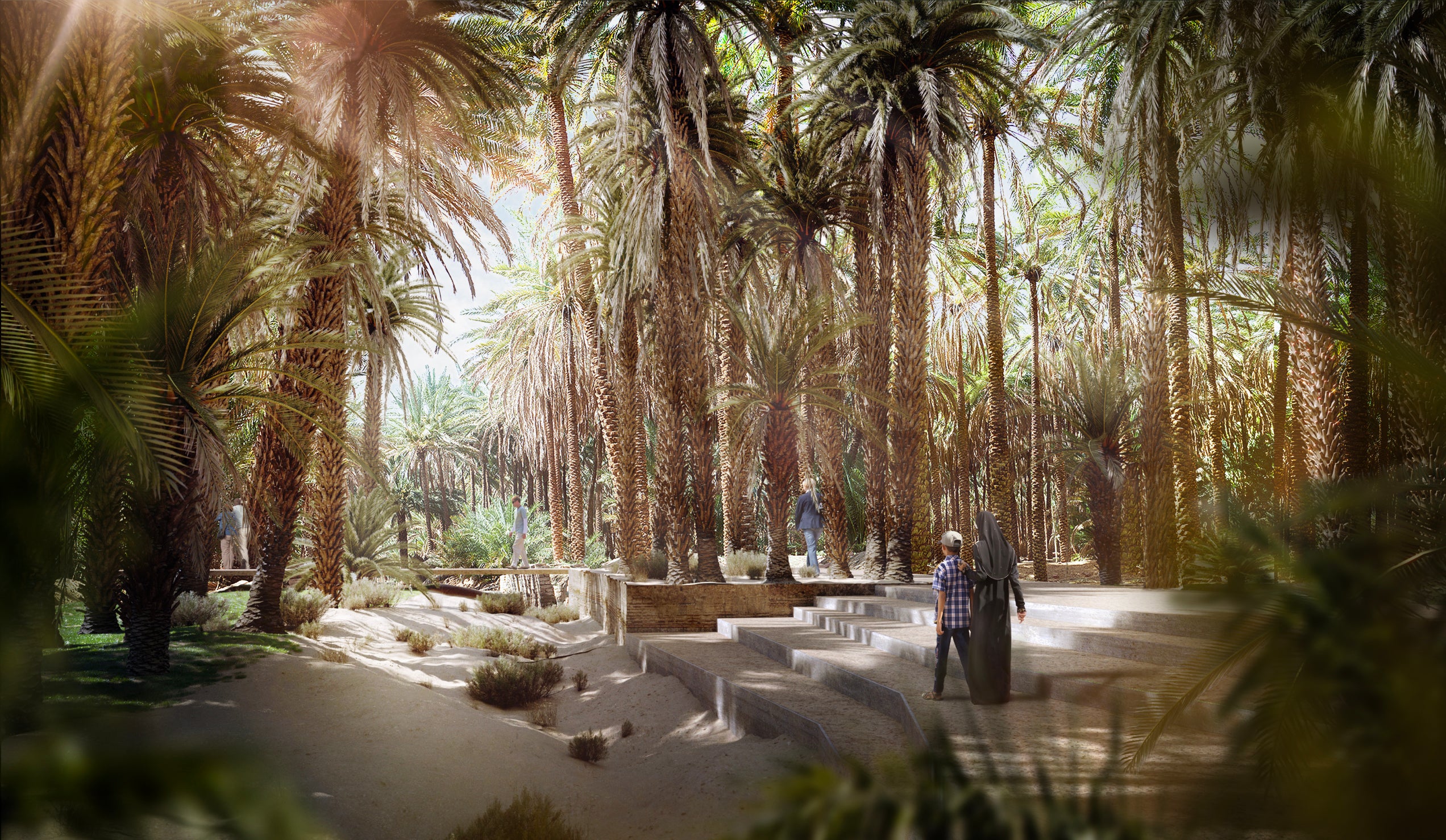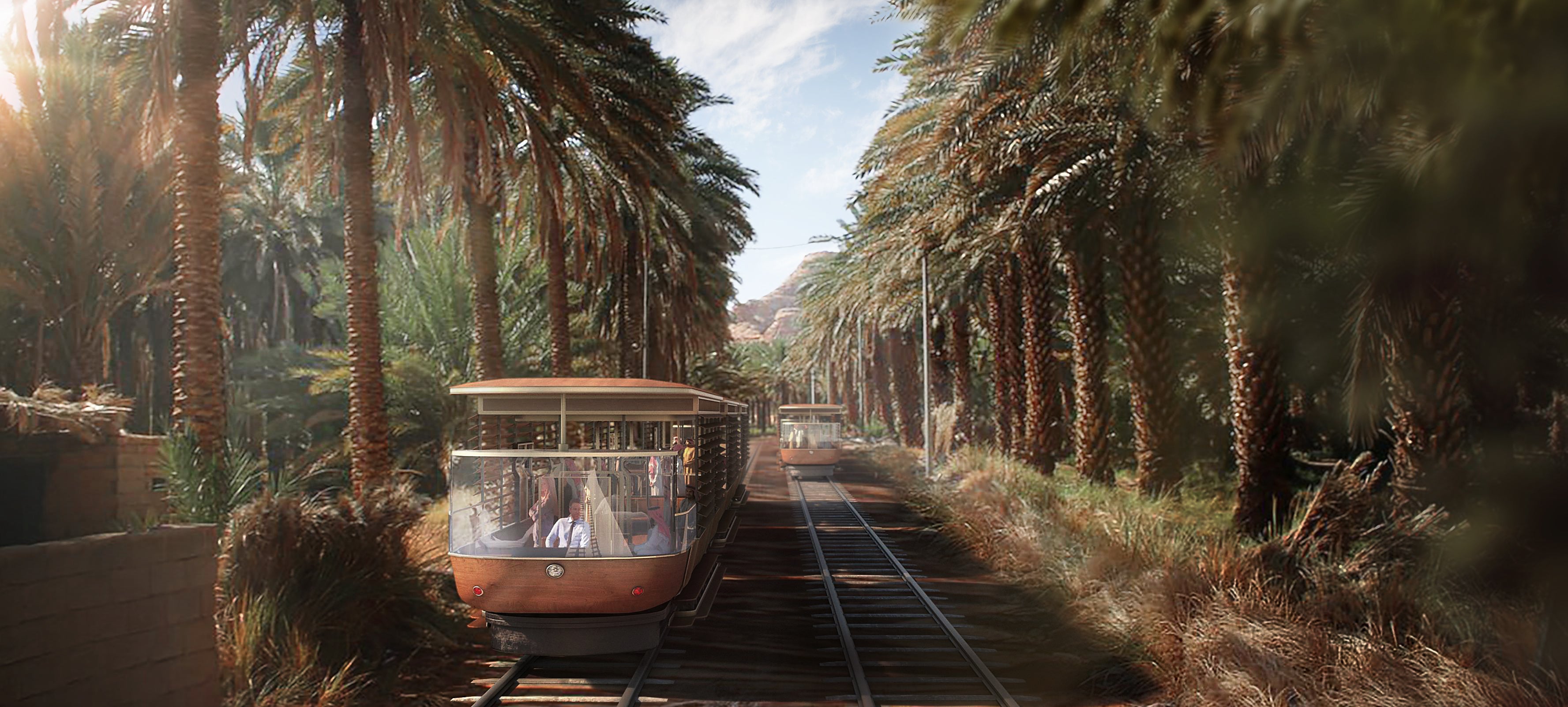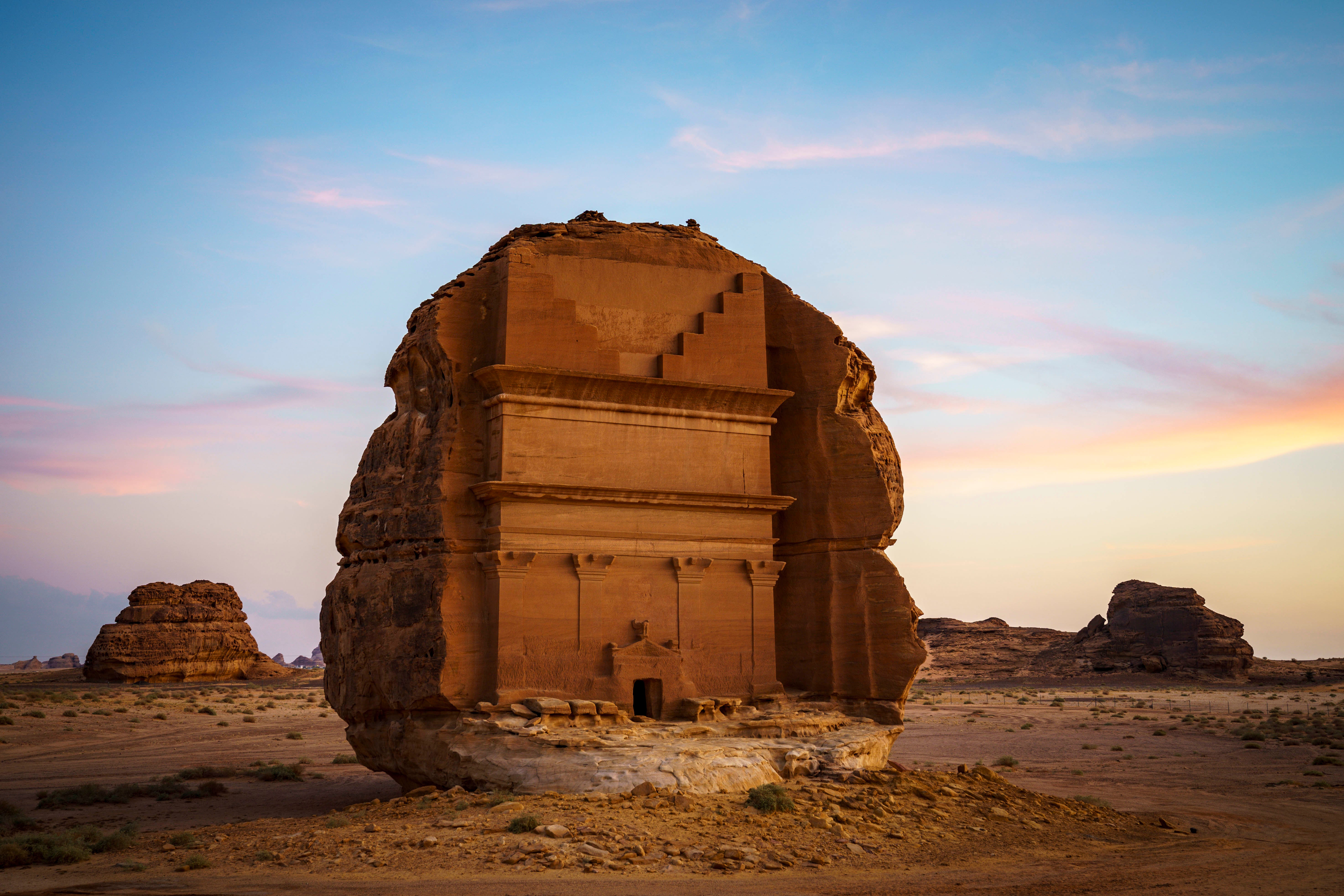AlUla: Discover the world’s largest living museum
Five districts, each highlighting a different heritage site, will transport you into another realm

History, culture, art and nature all converge in one place: the mesmerising desert landscape of AlUla, where human civilisations have thrived for millennia.
But for the first time, the legacy of this region in the deserts of north west Saudi Arabia is being brought to life through a 15-year project, known as the Journey Through Time Masterplan, that will transform the area into the world’s largest living museum.
At the heart of this sensitively developed project are the five distinct districts: AlUla Old Town, Dadan, Jabal Ikmah, Nabataean Horizon and Hegra Historical City. Each is centred around a different heritage site, with cultural attractions to complement and enhance the experience for visitors.
For tourists, the journey starts at the recently expanded AlUla International Airport, the terminus of a new 46km low-carbon tram line. Reaching speeds of up to 70km/h, the eco-friendly carriages will zip you through the rugged terrain and, in around half an hour, deposit you in the lush green oasis of the first district - AlUla Old Town.
This is the southernmost point of the living museum and the start of the 20km Wadi of Hospitality, a public space mapped around an ancient oasis that connects all five districts.

Art lovers will feel right at home here. As well as the Old Town Heritage Site, historically an essential stop for pilgrims travelling from Damascus to Mecca, you can explore six new cultural attractions including the Arts District and the Perspectives Galleries.
The five districts of AlUla
- AlUla Old Town: centred around the Old Town Heritage site, this district will be part of the Cultural Oasis and be home to a flourishing new art neighbourhood
- Dadan: based around the rock formations of the Dadan heritage site, this is another district in the Cultural Oasis and will be the setting of the Kingdoms Institute
- Jabal Ikmah: also in the Cultural Oasis, the inscriptions carved into the rocks at the Jabal Ikmah Heritage site is the focus here, along with an interpretive centre
- Nabataean Horizon: set among majestic rock formations is the 500-seat Maraya as well as a new open-air theatre and experiences exploring Nabataean culture
- Hegra Historical City: Hegra is Saudi Arabia’s first Unesco World Heritage Site and is where visitors will see a cluster of 130 tombs and archaeological sites
Dadan is your next district - to head there, or any of the other districts, you can simply hop back on the tram or go by foot or bike.
The highlight here is of course the Dadan Heritage Site, where you’ll find what remains of the capital of the Dadan and Lihyan Kingdoms, which date back to the late 9th and early 8th century BCE and 5th to 2nd century BCE respectively.
But even more enigmatic are the handful of tombs carved into the majestic red rock cliff face, some 50 metres off the ground. Mystery still surrounds these elevated burial sites - how were they carved into the rocks without modern construction equipment, and who’s buried here?
Questions like these are what the experts at the Dadan district-based Kingdoms Institute are trying to answer. In fact, excavations around Dadan are still ongoing and the archaeological research here, and in the other four districts, will all be done through the Institute. Ultimately, the Institute will become the leading hub of knowledge on the civilisations that lived here.

Nearby is Jabal Ikmah, which together with Dadan and AlUla Old Town form a hub known as the Cultural Oasis.
Central to this district is the Jabal Ikmah Heritage Site, also known as AlUla’s Open Library. Pilgrims and travellers left their marks on the canyon wall as they passed through here millenia ago. Today, hundreds of inscriptions in Aramaic, Dadanitic, Thamudic, Minaic and Nabataean can all be found carved into the rocks. For the curious, the interpretative centre in this district will help you understand the history and messages left behind.
Breaking away from the green oasis are the districts of Nabataean Horizon and your final stop, Hegra Historical City, where you really become immersed in the desert landscape.
Originally nomadic traders, the Nabataeans were an ancient Arab people who eventually settled and created a flourishing kingdom. They left behind Hegra, their most important city in the south.
It’s here that you can still find evidence of more than 130 wells, which the Nabataeans used to adapt to life in the arid environment. There are also inscriptions that reveal the origins of Arabic, as well as details of how the people lived.

But the most visually impressive legacy of the Nabataeans are their tombs. Out in the desert, more than 100 of these burial spaces are intricately carved into the rock formations and preserved by time. These legacies made this special place Saudi Arabia’s first Unesco Heritage Site.
Before you get there though, you’ll pass through the Nabataean Horizon where, among the majestic rock formations, you’ll learn about how these people lived. There’s a carved village for example, that mirrors the Nabataean architecture you will see in Hegra. There’s also an equestrian village, another important part of Nabataean as well as Arab life.
Taking advantage of this fascinating landscape is an open air theatre, where live performances are hosted; and Maraya Hall, the 500-seat venue that also lays claim to being the world’s largest mirrored building.
Pause here for a moment to reflect on those majestic views.
In this place, man has made its mark on the landscape for millenia and it’s been preserved through time by nature for just as long. In this moment, history stretches in front of you ad infinitum.
Your journey may end in Hegra, and the tram will take you back, but with so much still to discover, don’t be surprised if like those travellers and pilgrims, you’ve left a little of yourself behind too.
Learn more about AlUla and the Journey Through Time Masterplan here.
Bookmark popover
Removed from bookmarks